Seh Ong Hill
14Seh Ong Hill
Introduction
The Bukit Brown Cemetery Complex mapped out by Mok Ly Yng based on the land lot tracings from this map shows a surviving area of approximately 390 acres. The biggest Chinese cemetery outside of China consists of four identifiable cemeteries bordering each other : Bukit Brown, Lau Sua (Old Hill), Kopi Sua (Coffee Hill) and Seh Ong Sua (Ong Clan Hill) This map shows the various cemeteries demarcated
In the following article Jave Wu traces the link between Seh Ong Sua (Ong Clan Hill) and the origins of the Hokkien Ong Clan way back to dynastic China, 550 BC. Jave researches & consults in Chinese culture, history & religion, specialising in Taoism.
Seh Ong Sua and the Hokkien Ong Clan (星洲姓王山與開閩王氏)
By Jave Wu
Seh Ong Sua is also sometimes known as “Tai Wan Sua” in Hokkien. “Tai Yuan Shan” (太原山 pinyin: Tàiyuán😉 refers to the capital and largest city of Shanxi Province in North China. )
The connection began in the late Zhou Dynasty when the first ancestor of the Ong clan, Prince Jin (太子晉), also named Wang Zi Qiao (王子喬/姬晉), was stripped of his royal status by his father King Ling of the Zhou (周靈王) in 551 BC (周靈王廿二年).
Born in 565 BC, Prince Jin was supposed to be a descendant of the Yellow Emperor (黃帝). He was a precociously intelligent child who often offended his father because he was given to speaking out in the face of his father, King Lin’s stubbornness and lack of wisdom.
During a morning assembly of the Court, King Ling suggested an impractical method of dealing with the frequent flooding in the kingdom. Prince Jin was about 14 or 15 then and he objected to his father’s suggestion in front of the other court officials, which placed King Ling in an awkward situation. Outraged, the King stripped Prince Jin of his royal title. The Prince was disappointed and foresaw the collapse of the Empire. He suffered from depression for 3 years before passing away in 549 BC at the age of 17, leaving behind his wife and a young son, Ji Zong Jing (姬宗敬).
Soon after Prince Jin’s death, King Ling also departed the mortal world. Prince Jin’s younger brother, Prince Gui (太子貴), ascended the Zhou throne as King Jing (周景王). At a young age, Ji Zong Jing was appointed as the Premier (大司徒 – 相等丞相之職) by his uncle King Jing.
Well aware that his uncle was an inept ruler like his grandfather, and seeing that the Empire was collapsing, Zong Jing resigned from his post and left the Imperial court, escaping to Taiyuan City (太原市) in Shanxi Province (山西省) to take refuge. To avoid being recognised, he changed both his surname & name.
As he was a descendant of the Imperial family, he used the Chinese character “Wang” (王 = king or “ Ong” in Hokkien) in place of his actual surname “Ji” (姬), and changed his name from “Zong Ji” (宗敬) to “Rong” (榮). Henceforth, he was known as Wang Rong (王榮), symbolising the royal lineage will be “prosperous & continuous.”
The Wang clan took root in Taiyuan City and the descendants multiplied over the generations. By the Tang Dynasty, there were many people with the surname Wang (Ong) all over the Middle Kingdom (中原). As a result of this historic beginning, those of the surname Wang (Ong) refer to Taiyuan as their place of origin. This also explains how the name of Taiyuan Shan in Singapore came about.
From 615 to 755 AD, after the rebellion by An Lushan (安祿山), southern China (especially the Fujian area) was in turmoil with constant strife between warlords. In 885 AD, 3 brothers, Wang Chao (王朝), Wang Shenzhi (王審知) & Wang Shenggui (王審邽) recruited an army which drove into southern China and brought peace to the troubled region. To protect the common peoople from further suffering, the three brothers built a kingdom in Fujian which came to be known as the Min Kingdom (閩國). The establishment of the Ong clan in southern China could be traced to this victory.
During the late Ming & early Qing Dynasties, many Hokkien Ong clansmen left their homeland in Southern China for Southeast Asia. By the late Qing Dynasty, their descendants had settled in many parts of Southeast Asia including Singapore.
In 1872, the members of the Hokkien Ong clan in Singapore decided to have a place where the living could reside and where their departed ancestors could be buried. Three of them, Ong Ewe Hai (Wang You hai 王有海), Ong Kew Ho (Wang Qiu he 王求和) and Ong Chong Chew (Wang Zong zhou 王沧洲 ) contributed $500 each to buy a plot of land between Toa Payoh and Bukit Timah, approximately 97 acres which was to become Seh Ong Hill (姓王山)
Soon after the cemetery was established, the three good friends proposed building a temple there to honour the first ancestor of the Hokkien Ong clan, with the assistance of other clan members. This was the “Temple of the King of Min” or Min Wang Ci (閩王祠). After the temple was constructed, Wang Youhai (王友海) set off for Fuzhou in Fujian Province in China (中國福建省福州市), where he brought back the ancestral urn and paintings of the three Wang brothers who established the Min Kingdom from Zhong Yi Wang Temple in Qing Cheng Si Street (慶城寺街忠懿王廟).
In 1875, the Hokkien Ong Ancestral Temple (閩王祠) was set up to assist Hokkien Ong clan members. In 1944, the name of the association was changed to Hokkien Ong Temple General Association (閩王祠公會) and in 1970, this was changed again to Singapore Hokkien Ong Clansmen General Association (開閩王氏總會).
From 1982 to 1990, the land around Seh Ong Hill was developed and some vacant land was acquired by the government. Using the compensation which amounted to approximately 9 million dollars, the clan bought a piece of land in Bukit Batok Street 23 where the Hokkien Ong Clan Temple was rebuilt. The construction was completed in 1999 and then President Mr Ong Teng Cheong was invited to be the Officiating Officer for the grand opening of the new temple on 2 May 1999.
Till today, the Hokkien Ong clan still conducts annual ceremonies for the Spring and Autumn honouring their ancestors in Singapore and as well as in China. it allows the clan to remember the credit & merit they had accumulated in building the “Hokkien Ong Kingdom”
“The trees have roots, and the water, its source.”
Dedicated to the Ong clan & its ancestors
References:
http://bukitbrowntomb.blogspot.com/2011/11/blog-post.html
History of Clan Associations in Singapore Vol. 2, SFCCA 2005.
One Hundred Years’ History of Chinese in Singapore 新加坡华人百年史。
For more of the Ong connection at Bukit Brown – http://bukitbrown.org/a-great-hill-for-us-to-remember and A Grand Repose.
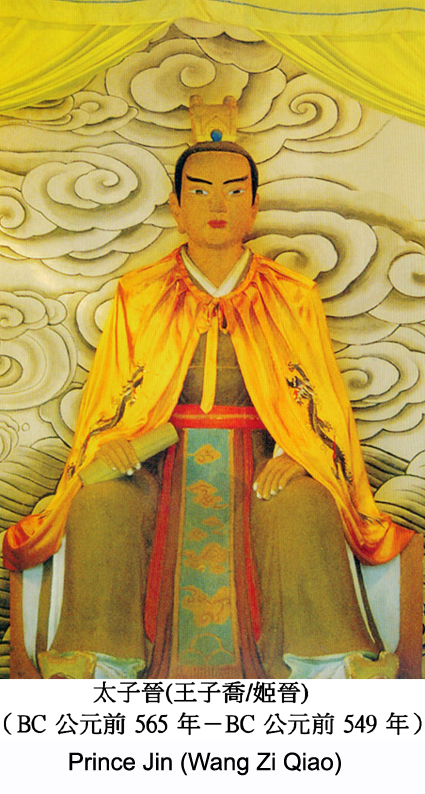
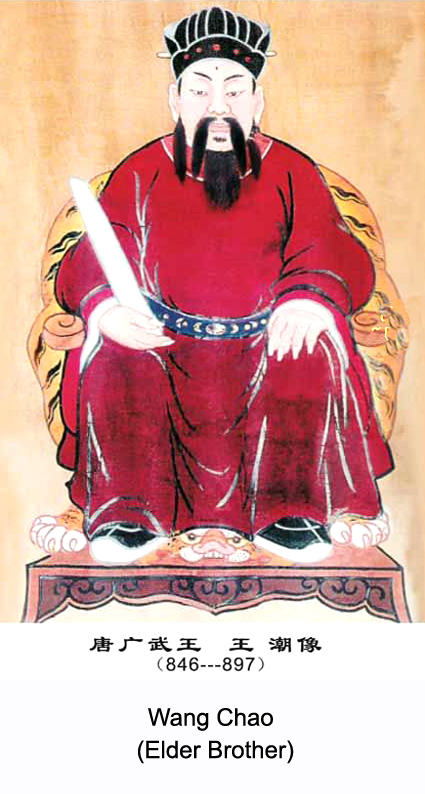
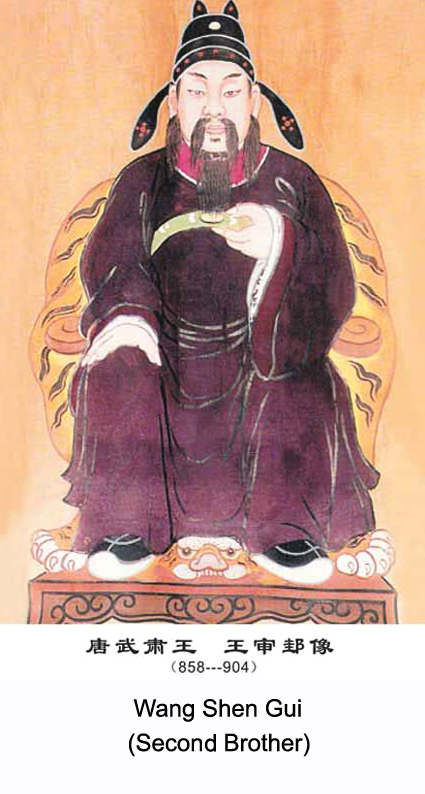

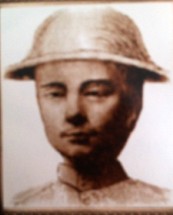
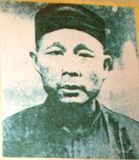


Hi Catherine,
Great article. Thanks for all your efforts.
Available from the ONG Association in Singapore is an extensive ONG genealogy. I have obtained several copies for free in recent years. Others may be interested also.
typo here – “One Hundren Years’ History of Chinese in Singapore” – above.
cheers
Sean, this post as with all our posts on this blog is very much a collective effort with fact and spell checkers. Will correct the typo 😉
Hi,
I have been trying to trace the burial records of those buried in Seh Ong Cemetery with no results. Can any one tell me where to look?
Can I get a copy of the Ong genealogy from the Ong ancestral temple in Bukit Bartok in Singapore?
I recently visited my great-grandfather’s village in Huangjia, Lancang town, Nan’an, Fujian and I obtained a copy of the Nan’an Ong family genealogy. There are 3 Ong branches in Nan’an. The genealogy is in Chinese and I do not read chinese. There are pictures of the above ancestors as well as pictures of ancesteral cemetery, temples and halls. I can Email a copy to you if you are interested.
Hong Eng
Hi Hong Eng,
I would be interested in these genealogies, photos etc. Please email me c/ seancollum@hotmail.com
You might also like the website for my friend Ong Eng Joo for his father – http://www.ongseokkim.com for insight in to another Ong village (Jindou)
best regards,
I have never seen a photograph of my great, great grandfather, Ong Kew Ho! Thank you so much!
I am the last of his line! I only have 4 daughters!
Cheers!
That is really great to hear, Kevin!
Hi Kevin,
I would like to be in touch. Please email me seancollum@hotmail.com
regards
Hi there,
Our clan just finished the 王姓族谱。Can check it out at Ang Mo Kio 聚圣庙。50 Ang Mo Kio Street 61, Singapore 569163 Ang Mo Kio Street 61, Singapore 569163。
Hi Doris,
The ONG genealogy ? this is very interesting but I am in Sydney Australia. Can you tell me more about it ? Is it a display ? a poster ? a book ? How can I see a copy ?
(My wife is a descendant of Ong Ewe Hai)
Thanks
Hi Sean,
It’s actually a book. My brother actually ordered 1 full set for my dad. But we will only get it most likely end of the year as they got to be from China to Singapore.
This information help me track my ancestry in southern china my Great grand pa was once who live in fujian province he left china and permanently live im southern Philipines in 1900 his Chinese name is ong pue and change into nay chon kho the family name of kho was adopted by my Great grand pa to live in
To continue my story. he adopted kho family in able to survived in the Philippines his cousin wanted to take back home his descendants to fujian province and he said that their house is big and made of stone or a concrete. By the way I am studying arts in bachelor in history and I am great to know my ancestors.
Thanks for sharing your story, Shan Kho